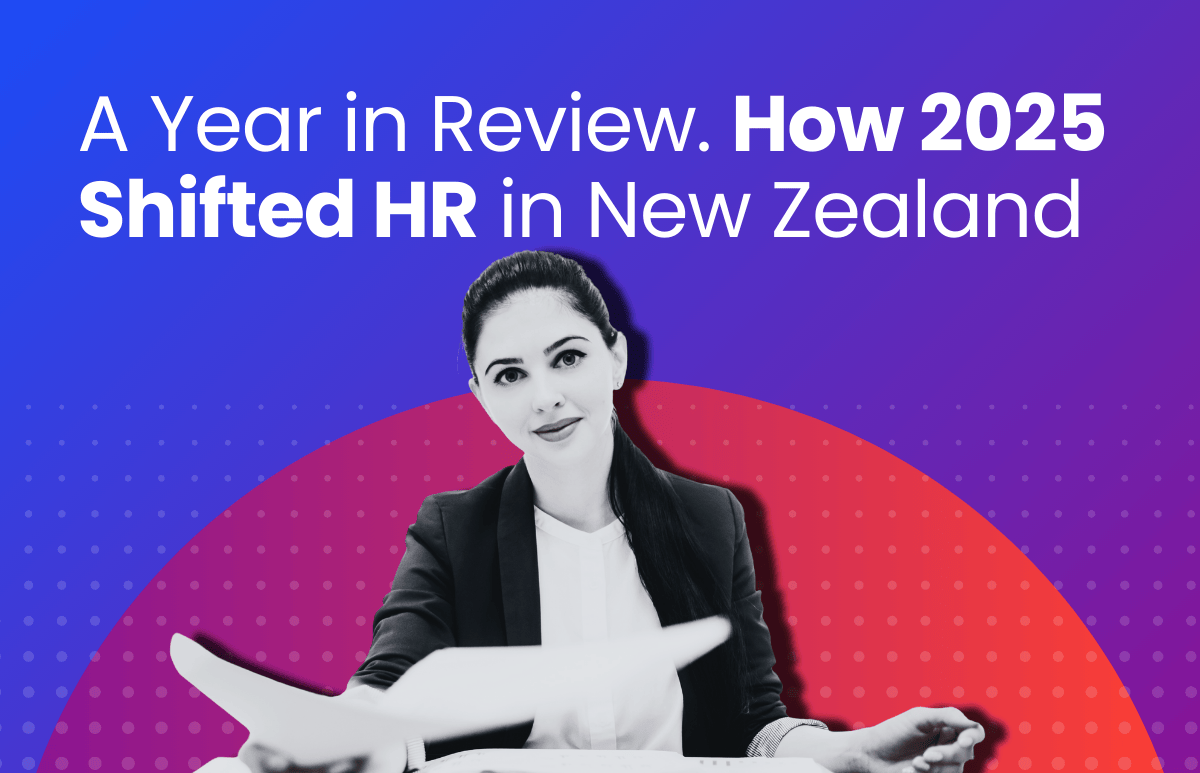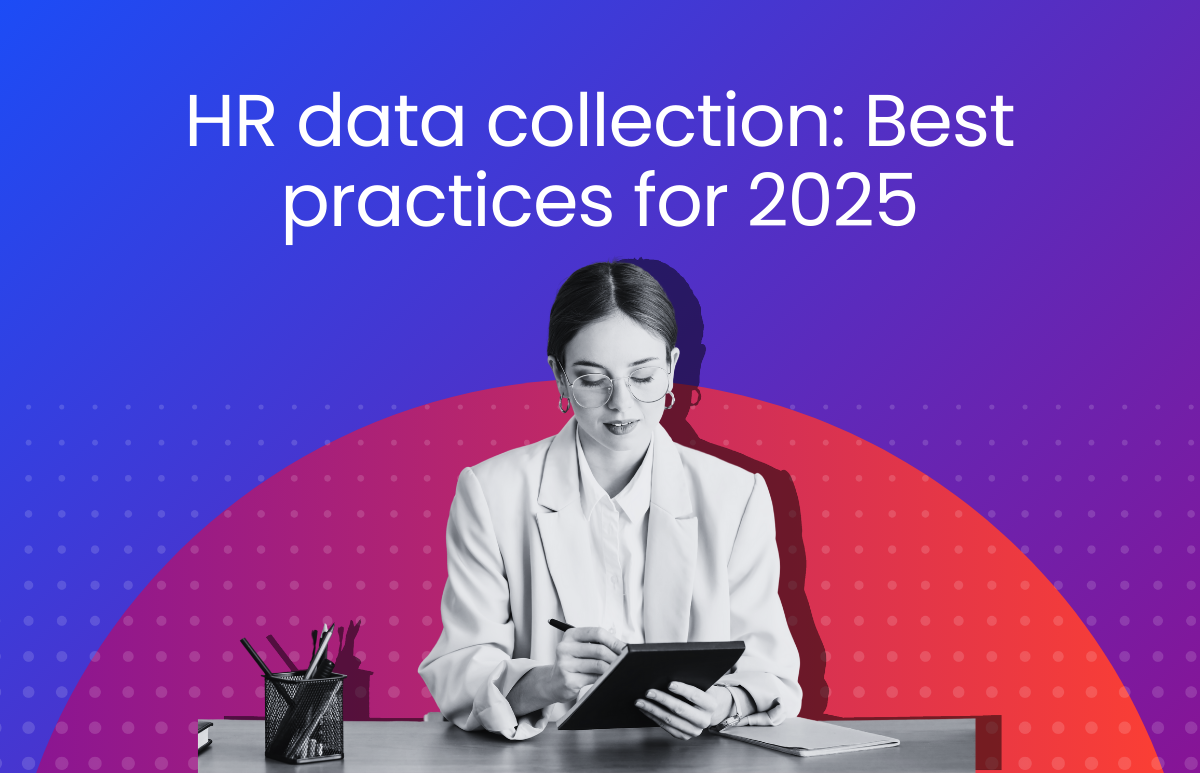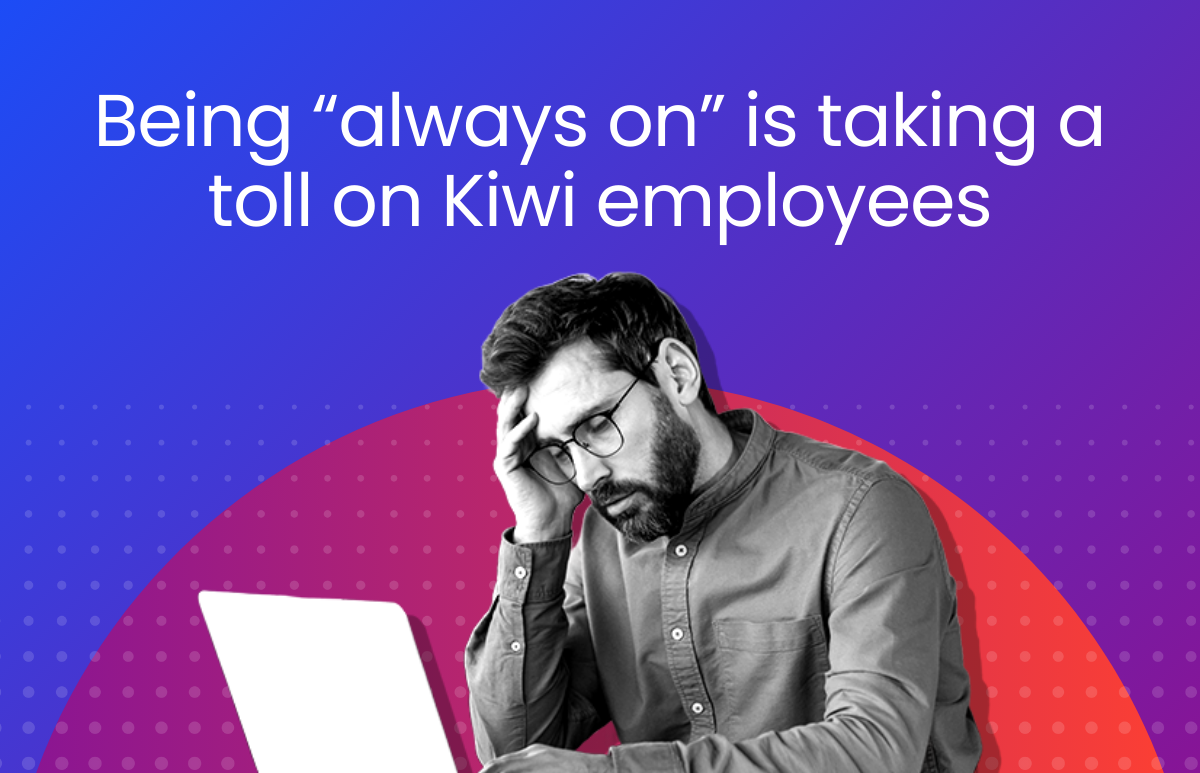Navigating Redundancies as an HR Professional: How to Protect Your Mental Health

Economic downturns often bring difficult decisions. Already, we’ve witnessed organisations making wide-scale redundancies as they prepare for the challenging conditions ahead. With record interest rate hikes and pressure on supply chains, external factors are putting many business leaders under extra pressure this year.
For many HR professionals, this year will bring the prospect of handling those difficult redundancy conversations.
Without the right approach in place, a poorly managed redundancy process could have a detrimental impact on the psychological health of HR practitioners. Stress, anxiety, guilt – these are all emotions that can be heightened by the prospect of delivering redundancies, not to mention the toll of supporting those impacted by the news.
So how can HR practitioners protect their mental health as they navigate these challenging, yet necessary, conversations?
To find out more, we spoke to Phillip Jordan, Founder and Director of HR consulting firm Partale, who shared his advice for HR leaders and practitioners faced with delivering redundancies this year.
Acknowledge what is – and isn’t – within your control
The first element to consider is mindset. Once a decision has been made, it’s the role of HR practitioners to support the business through those changes, even if personally, they disagree with the choices.
“It’s okay to have a personal opinion, but if someone cannot separate themselves from that and see the bigger picture for the business, that’s where it could really impact their state of mind,” Phil says.
“If you’re in a position where you can’t control the decision, think about what you can influence from the parameters you’re working in. For example, ask yourself ‘Even though the news is terrible for the person on the other side, how can I make this the best possible experience?
“In some ways it’s a privileged position to be in. You have the chance to make a terrible situation as best as you possibly can.”
Make empathy a non-negotiable, even in challenging times. Phil reminds us how neglecting it can undermine the entire process. Instead, aim to design the process with empathy in mind.
Simple things, like giving the person the following day off to process the news in their own time and talk to those around them, can offer more breathing space for those impacted.
Similarly, consider what the business can offer from a support perspective. For example, if the organisation has an Employee Assistance Program in place, explore what types of support they offer and make sure employees know how to access help. Go one step further by alerting the provider so they’re ready to offer support if requested by employees.
Don’t be afraid to ask for guidance
Navigating difficult conversations is an important skill for any HR practitioner – but it requires learning over time. Phil says when it comes to managing redundancies, an HR leader might not know the capabilities or comfort level of their team members, and so it’s important for people to raise their hand if they need advice.
“If you’re put into a situation where you’re not comfortable or you don’t have the skills, put your hand up and ask for coaching or to shadow your manager during a consultation conversation,” Phil says.
“Sometimes a leader may not want to ask the question because they think it’s basic knowledge, but often they forget that people have different career experiences.
“When people have the courage to speak up and ask for guidance, it’s not a deficiency – quite the opposite. It actually demonstrates great decision-making and great judgment.”
Arming HR practitioners with guidance and the right framework will help them to feel more confident in delivering those conversations and managing the redundancy process. Feeling adequately prepared can help to reduce levels of stress and anxiety.
Create a thorough plan
Having tough conversations is, by its nature, tough. But one mistake is rushing into the process without thinking through what you need to say and how to communicate it. By dedicating time into planning redundancy conversations, HR practitioners can feel more confident in their ability to deliver them.
“I can’t stress enough how important planning is,” Phil says. “While you never know how someone is going to respond, give yourself time to think through what you know about each person and what sort of information they might need.
“If you can plan and act with intent, that’s going to help you feel more in control and that actually helps to separate yourself from the situation. That includes making sure the process is within the realms of the law and you’re doing it the right way.
“Then from an emotional standpoint when you go home at night, you’re confident in the process and you can switch off. If you’re doing that preparation, not only are you protecting the organisation, you’re also doing the right thing by the team members involved.”
Block out time to reset
During a period of redundancies or organisational change, it’s vital to carve out time to reset. Rather than rushing from one consultation conversation to another, try to give yourself 10 minutes to decompress and to prepare for the next session.
Similarly, make sure there are moments in the day to spend with people who are a source of support, whether that is outside of work or with colleagues. It’s important for HR leaders and practitioners to know they are not alone.
HR leaders should check-in frequently with their team members on the frontline, creating opportunities for staff to raise their hand if they need support. It’s also important to know what resources are available. Invest in your well-being by exploring your EAP! Uncover the services that can enhance your work-life balance and overall well-being. Understanding this upfront positions you to effectively tackle support needs as they arise.
ELMO Software is the most preferred HR, payroll & expense management software provider in Australia, compared to our competitors. And when people choose ELMO, they rarely think of switching. In fact, almost 70% of our customers say they’re unlikely to change their HRIS provider within the next 12 months.*
ELMO offers a highly configurable product that can be tailored to suit your business. With industry-leading security practices and a supportive implementation process, it’s no wonder that more people prefer and stick with ELMO.
Visit our website to learn more about ELMO’s product and how our software can help your business.
*YouGov findings are based on the survey responses from 347 HR decision makers in Australian businesses with 50+ employees. Responses were collected in March 2023.
 HR Core
HR Core 









